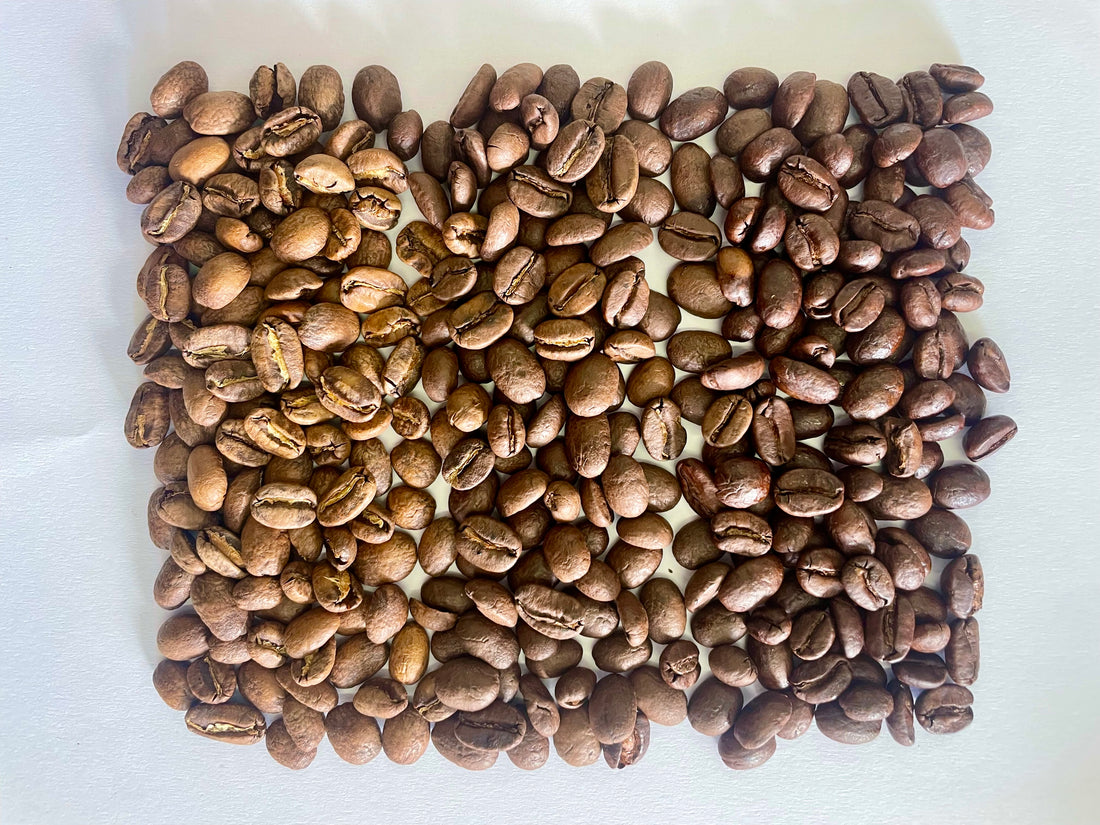The coffee roasting degree is a critical factor that influences flavors, body, acidity as well as the coffee's overall characteristics like balance and aftertaste. Here's a comparison of Horizonte’s three different roast levels:
-
Filter roast (light)
Light or filter roasts retain more of the original characteristics of the bean, such as the natural acidity, or highlighting the fruity-floral notes. The tea-like body is lighter and enhances the flavors. High acidity can be lively and refreshing and adds to the clarity of the coffee. These coffees are often described as purer and more complex in their flavor profile.
Our filter portfolio: "Genial", "Fenomenal"
-
Omni roast (medium)
The beans are roasted to a medium level. It is a compromise between preserving the natural flavors of the beans and yet developing some of the richer caramelized, nutty notes that work well for espresso with higher acidity, or filter methods with slight roast notes but bigger bodies. In the Specialty Coffee World, medium roasted beans are mostly used for espresso made with good portafilter machines. Omni roasts also work very well with the Italian Bialetti/mokka pots.
Our omni roast portfolio: "Traditional", "Floral"
-
Espresso roast (dark)
The longer the roasting time and the higher the temperature, the richer and bolder the flavor profile. You will taste a stronger and deeper flavor profile (big body) with chocolate, nutty and roasted notes. Due to the longer roasting process, the acidity is very low. The pleasant bitterness should be balanced by a nicely integrated acidity although many people, including many Swiss, and coffee drinkers in southern Europe, do not like acidity at all.
Our espresso portfolio: "Pedal", "Leal", "Casual", "Legal"
Ultimately, the choice between filter- omni and espresso roast depends on personal preferences and the selected extraction methods. Some coffee beans may be versatile enough to work well with two different brewing methods. However, it is essential to understand the roast level and its impact on flavor to make the most of your coffee experience. Experimenting with different roasts and finding what suits your taste is part of the fun of exploring the world of coffee.
Influence roast degree on caffeine
You might think that the strong, rich flavor of dark roasts would also indicate a higher caffeine content, but in fact light roasts have a slightly higher concentration because the caffeine is slightly reduced during the roasting process.
But be careful: if you make an espresso with both a light and a dark roast, the light espresso will have less caffeine. If we assume that you use 18g for both espressos, you will need less light roast beans than dark roast beans because they are denser (darker beans lose more moisture due to the longer roasting process). In turn, you'll have more caffeine in the espresso because you use more beans for 18g of coffee. The opposite is true if you measure by volume (e.g. two teaspoons of ground coffee). The darker the coffee, the lower the density or the greater the volume and therefore less coffee/caffeine in the cup.
Bottom line: Dark roasts contain less caffeine than light roasts, but when brewed by weight (recommended), the caffeine concentration in the cup of a dark roast is higher because more beans are used.

